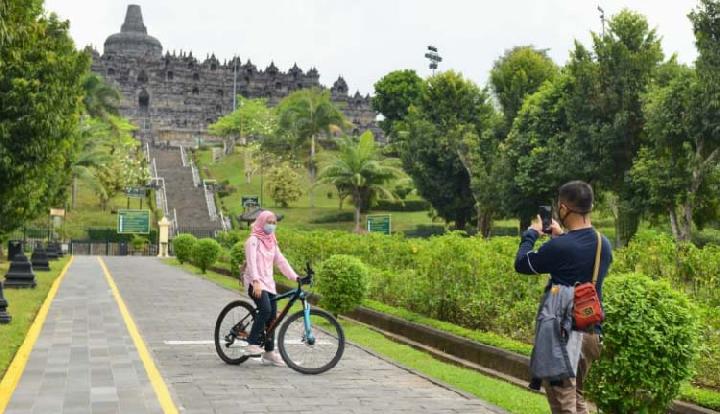
TEMPO.CO, Jakarta - A World Bank report titled "Strong, Safe and Resilient – A Strategic Policy Guide for Disaster Risk Management in the East Asia and the Pacific," said that cities in the East Asia Pacific region will become increasingly vulnerable to disasters which will lead to increasing economic losses.
"East Asia Pacific is the region that is most affected by cyclones, tsunamis, earthquakes and floods. To confront these disaster challenges, governments need to be prepared for the unexpected and undertake major investments in disaster risk management and resilience," said World Bank East Asia and Pacific Vice President Axel van Trotsenburg.
Van Trotsenburg added that East Asia Pacific governments should make disaster risk management part of poverty alleviation and sustainable development because "the poor are disproportionately affected by disasters."
Policy makers can make a significant difference to ensure that progress in development and poverty reduction are not lost by acting now to build resilience. Investing in disaster preparedness--from strengthening hazard forecast services to restoring natural ecosystems--can be surprisingly cost-effective.
According to the report, more than 1.6 billion people were affected by disasters in the region since 2000. In the past 20 years, 61 percent of global losses from disasters were sustained by the region. Globally, economic losses from disasters have been increasing at a quickening pace, with costs 15 times higher in the 1990's than in the 1950's, and the year 2011 was the costliest on record. In relative terms, the Pacific Island countries are the most affected in the world, with average annualized losses estimated for Vanuatu and Tonga at 6.6 percent and 4.4 percent of GDP respectively.
Driven by rapid economic growth and urbanization, with a greater concentration of people and assets in cities, this trend is expected to continue. Unplanned or poorly planned urbanization puts communities at risk, particularly through informal settlements and inadequate land management. As Asia is set to house 21 of 37 global megacities by 2025, multi-billion dollar disasters may become more common.
Developing countries in the region will be exposed to large fiscal impacts on public expenditure, as governments shoulder an increasing financial responsibility for post-disaster recovery and reconstruction. Cambodia, Lao PDR and the Philippines could face costs totaling 18 percent or more of total public expenditure in the event of a 200-year disaster. The urbanization of disasters, with frequent flooding, rising complexity, and greater cross-regional impacts, calls for urgent action.
What is not necessarily well known is that investing in risk reduction and emergency preparedness can be extremely cost-effective, greatly reducing the impact of natural hazards.
In the short-term, investing in hazard forecasting and hydrometeorological early warning systems can have a high cost-benefit ratio with immediate and significant payoffs. Strengthening legislation and promoting institutional coordination, promoting disaster risk reduction in community-based development programs are also beneficial.
In the medium- to long-term, striking the right balance between investments in structural and non-structural measures is key. This includes "gray" concrete and cost-effective "green" infrastructure, such as establishing mangroves, wetland buffers and coastal restoration. Expanding early warning systems based on real-time data and forecasting is also important, as well as developing a comprehensive disaster risk-financing strategy, and social protection systems that can be scaled up in the event of a disaster.
In the long-term, urbanization should be managed through systematic use of risk assessments, risk-aware urban planning and development, and robust decisions that take into account disaster and climate risks and uncertainties.
"Disaster risk management needs to be part of core poverty reduction and sustainable development efforts," said Abhas Jha, Sector Manager for Transport, Urban, and Disaster Risk Management in East Asia and Pacific, and lead author of the report.





















